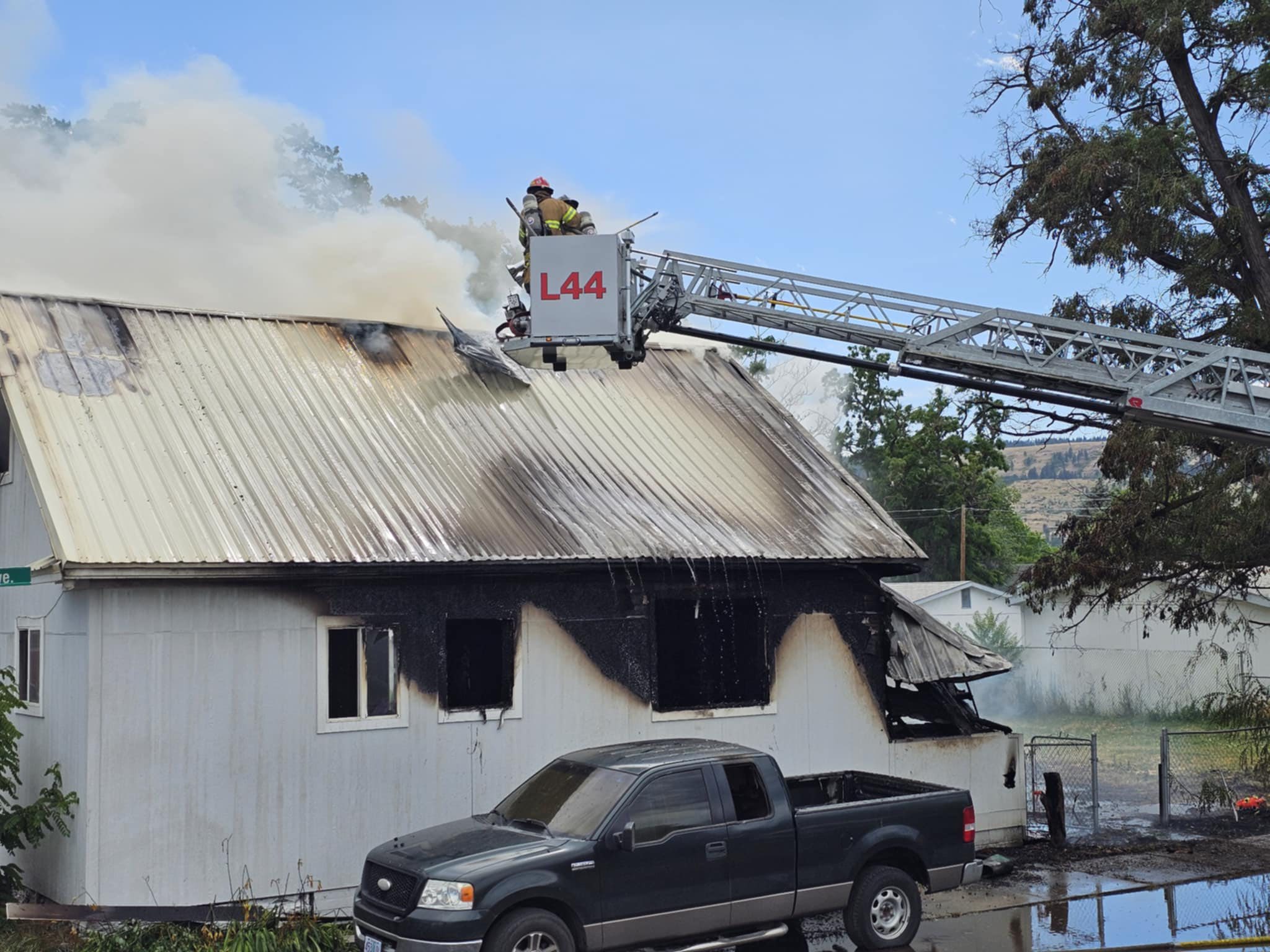Other views: Arresting Forest Service burn boss threatens effort to curb wildfires
Published 5:00 am Saturday, February 24, 2024

- Steve Ellis.jpg
Destructive wildfires have resulted in the devastating loss of communities, loss of life, impacts on human health, untold damage to our watersheds, and the pumping of massive amounts of climate-changing carbon dioxide into our atmosphere. Conditions are such that large fires are becoming difficult, if not impossible to suppress.
People who live in rural parts of Oregon are especially aware of this and the pressing need for effective landscape fuel treatments that include thinning, fuels reduction and prescribed fire. Practitioners, the research community, and most members of Congress have recognized the need for management activities.
We are the National Association of Forest Service Retirees, and our experience has been that this is best achieved by the agency, communities, landowners, Tribes, state forestry organizations, and various partners working cooperatively together. The good news is trust has been on the upswing and more of these partnerships are having success around the country.
Building the trust that enables prescribed and managed fire where there is not already a strong foundation of trust will be a challenge for the U.S. Forest Service. However, even with the best intentions, damage may sometimes occur to neighboring properties that was clearly not part of the plan.
Using fire to help forests become healthier and more resilient is a delicate balancing act. The intent is to work collaboratively in increasing “good” or beneficial fire and decreasing “bad” fire. Prescribed burning on National Forest System lands is designed to also protect neighbors’ homes, property and livestock from intense and destructive wildfires.
Regrettably, putting fire on the landscape, no matter how well meaning, does have its risks. Several of us had experiences during our careers where a well-intended prescribed fire went beyond the planned burn area.
I recall one instance in Idaho where the fire progressed onto some private land and burned approximately 10 acres of a rural mix of forest and rangeland property. We worked with the landowner, paid for replacing the fence and some other costs, and ended up with a very good working partnership. The landowner did not call the sheriff and ask that federal fire personnel be arrested.
Beneficial fire has been missing from many western landscapes for decades with profound impacts on forest health and resilience. Restoring fire’s role in the forest is critical. We all jointly need to properly use fire on the landscape. Along the way, unplanned events will no doubt occur, even with the best of plans and safety measures in place.
When accidents do happen, impacted landowners should be appropriately compensated. At the end of the day, if ultimately fire is to be managed well, cooler heads must prevail. Arresting an agency employee while he is performing his duties for the agency is not a productive path to building partnerships, and only exacerbates bad feelings and mistrust.
We look forward to Grant County and the Forest Service working to build cooperative relationships and stakeholder success to proactively manage forests and rangeland landscapes at risk of large destructive wildfires, regardless of ownership. Success makes for better media headlines.









